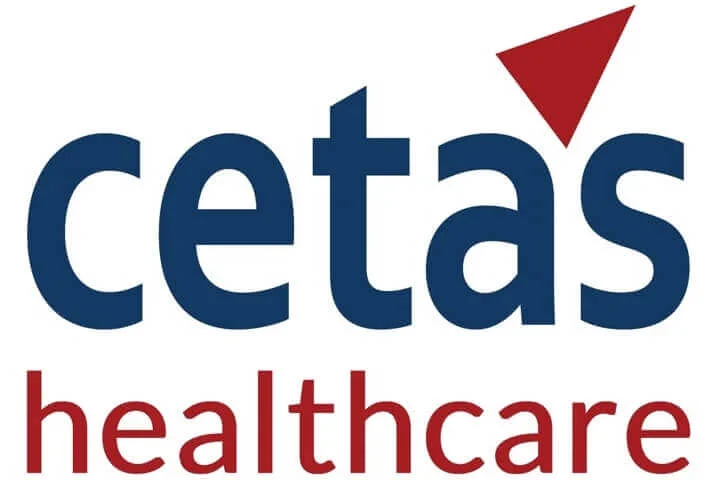X
The global ophthalmology landscape is rapidly evolving, particularly in the field of glaucoma treatment. With an increasing prevalence of glaucoma, particularly among adults over 40, the demand for effective treatment options is on the rise. For MedTech manufacturers focusing on ophthalmology, understanding the nuances of the glaucoma market is crucial to develop innovative products and strategies that meet the needs of both clinicians and patients. This blog provides an overview of the current market landscape, treatment selection criteria, and the reimbursement environment in key European markets, offering valuable insights for MedTech companies aiming to make a significant impact in glaucoma care.
Glaucoma is a leading cause of irreversible blindness worldwide, with open-angle glaucoma being the most common type, accounting for approximately 90% of all cases. The disease is characterized by increased intraocular pressure (IOP), which can damage the optic nerve and lead to vision loss. Risk factors include age, diabetes, hypertension, and a family history of the disease.
Given its progressive nature, early detection and treatment are essential to prevent significant vision impairment. This has led to the development and adoption of various diagnostic tools and treatment methods aimed at managing IOP levels effectively.
The selection of appropriate glaucoma treatment is guided by several factors, including the stage of the disease, patient age, life expectancy, and the initial IOP level before treatment. In Europe, the European Society of Glaucoma (ESG) guidelines play a pivotal role in shaping treatment protocols. The guidelines emphasize a stepwise approach, starting with eye drops, progressing to laser therapies such as Selective Laser Trabeculoplasty (SLT), and eventually considering surgical interventions for advanced cases.
Recent advancements have seen SLT emerge as a first-line treatment option in some cases, particularly following the results of the LiGHT clinical trial. This shift reflects the growing acceptance of laser therapies as effective alternatives to pharmacological treatments, especially in patients with poor adherence to medication or those who are intolerant to eye drops.
The European glaucoma market shows significant variability, with Germany leading in ophthalmologists, followed by France, Italy, and Spain. The distribution of specialized eye hospitals and clinics plays a crucial role in treatment availability and adoption across these countries.
In terms of procedure trends, SLT accounts for a significant share of glaucoma surgeries in the UK, Germany, and France, with adoption rates ranging from 38% to 48%. However, in Italy, SLT’s adoption is significantly lower, primarily due to limited reimbursement options. This highlights the critical role of reimbursement policies in shaping treatment choices and market dynamics.
Reimbursement policies across the EU4 and the UK are significantly different, influencing both treatment accessibility and patient financial burden.
Investing in technologies that align with emerging treatment trends, such as SLT as a first-line therapy, and navigating the complex reimbursement environments can position MedTech companies at the forefront of glaucoma care. By addressing the unmet needs of clinicians and patients, particularly in markets with restrictive reimbursement policies, MedTech manufacturers can drive innovation and improve outcomes in the battle against glaucoma.
Cetas Healthcare specializes in providing strategic insights and market research tailored to the MedTech industry, making us the ideal partner for companies looking to innovate in the glaucoma care space. Connect with us today!


We provide the best insights for your business
